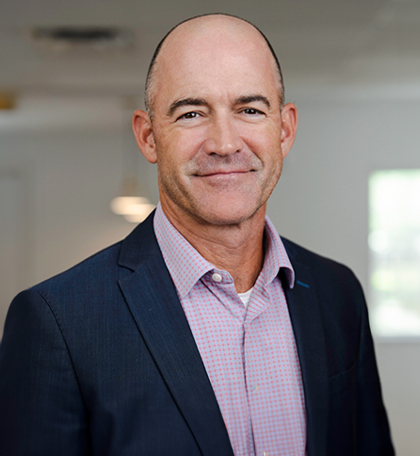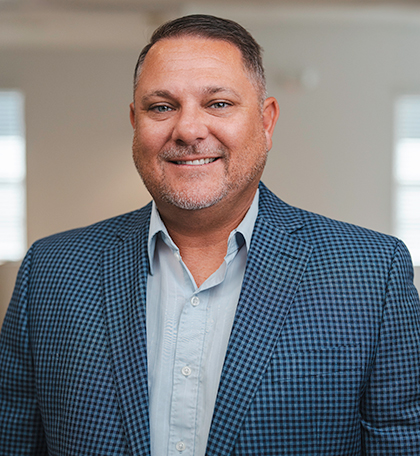Transcript:
Hi, I’m Jeremy Riggs, Certified Financial Planner with Base Wealth Management. Let’s chat about Roth IRAs for a minute, because the rules can feel like alphabet soup, especially that mysterious five-year clock everyone mentions. Think of a Roth as a bucket that can fill up three different ways. First, you pour in your own contributions. Second, you might tip money in from a conversion, basically moving dollars from a traditional IRA, paying the tax bill up front. And third, once the money’s inside, it can grow. Those three sources matter because the IRS lets you take them out in a very specific order. Whenever you pull cash, the agency assumes you’re grabbing your original contributions first. That’s great news. You can reclaim every dollar you put in whenever you want, with no tax, no penalty, age doesn’t matter. After you empty the contribution layer, you start dipping into the conversion dollars. If you’re younger than 59 1⁄2, each conversion has its own five-year waiting period. Convert today.
Wait five calendar years and only then can you touch the converted chunk without a 10% haircut. Once you hit 59 and a half, as long as any Roth of yours has existed for at least 5 years, those many clocks stop mattering. The last layer in the bucket is growth. Earnings are the payoff, but they stay locked until two things are true. You’re at least 59 and a half, and have 5 calendar years past since you first opened the Roth IRA. Miss either piece and the growth comes out taxable, with the possibility of a penalty on top. Let me ground this with a quick story. Imagine you start putting $5,000 a year into a Roth at 45. You keep that up for 5 years, then your income disqualifies you from direct contributions. So you switch to a backdoor conversion, another $5,000 a year from age 50 through 54. Over that decade, the account also earns $25,000 in growth. Let’s fast forward to age 55, and you need cash. The first $25,000 you pull is treated as your own contribution, so it slips out clean.
After that, you’d reach the conversion layer. Before tapping each chunk, you check whether the personal 5-year clock has finished. The growth stays put for a few more years. Once you’ve hit 59.5 milestone and provided that your Roth has existed for at least 5 full tax years, it also flows out tax-free. People show up in two places. One, they forget every conversion carries that waiting period if it is still under the age cutoff. Two, they try to convert huge balances in a single year and get clobbered by income taxes. Spreading conversions across several lighter tax years usually feels a lot better than writing one giant check to the treasury. The simplest move you can make right now is to open a Roth IRA and drop in a token amount just to start the master 5 o’clock. After that, it can cure you automatically if you qualify. And even if you’re thinking about conversions, map out your tax brackets first so the cure isn’t worse than the disease. Give those dollars time to compound and eventually come back out tax-free. As always, this is education, not individual advice.
Talk with a pro about your own numbers, handle the clocks and layers the right way, and your future self is going to thank you.





